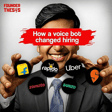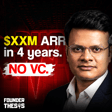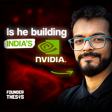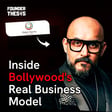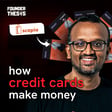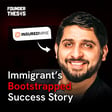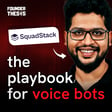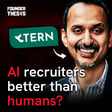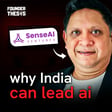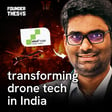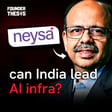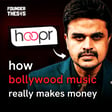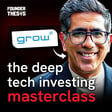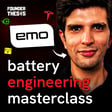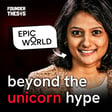
Making kitchens hands- free | Eshwar Vikas @ Mukunda Foods
From college fest vendor to India's kitchen automation giant- Eshwar' tale embodies grit, hustle, and relentless optimism. He crafted Mukunda Foods from zero capital to Zomato-backed success. Learn how he revolutionised kitchen processes for leading restaurant chains.
Get notified about the latest releases and bonus content by subscribing to our newsletter at www.founderthesis.com
Read more about Mukunda Foods :-
1.Interview: Mukunda Foods CEO Eshwar K Vikas On Driving Innovation In Commercial Kitchen Technology
2.How Mukunda Foods' kitchen robots dish out dosas, noodles and more
3.‘Kitchen robotics will revolutionise food & beverages industry’
4.How Mukunda Foods is helping restaurants function smoothly in the current times
5.What transformation does the food-tech industry is looking at in 2023?

